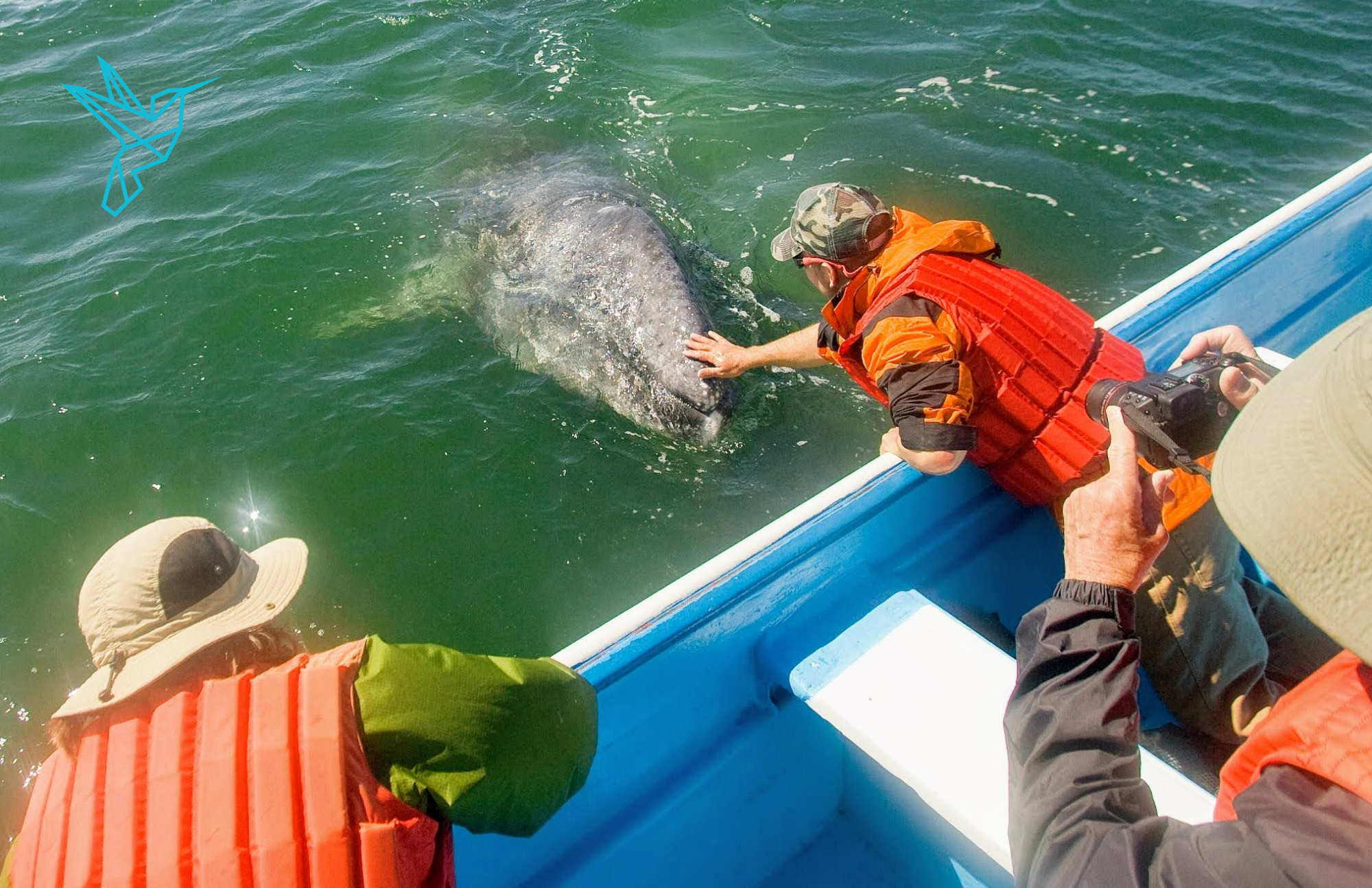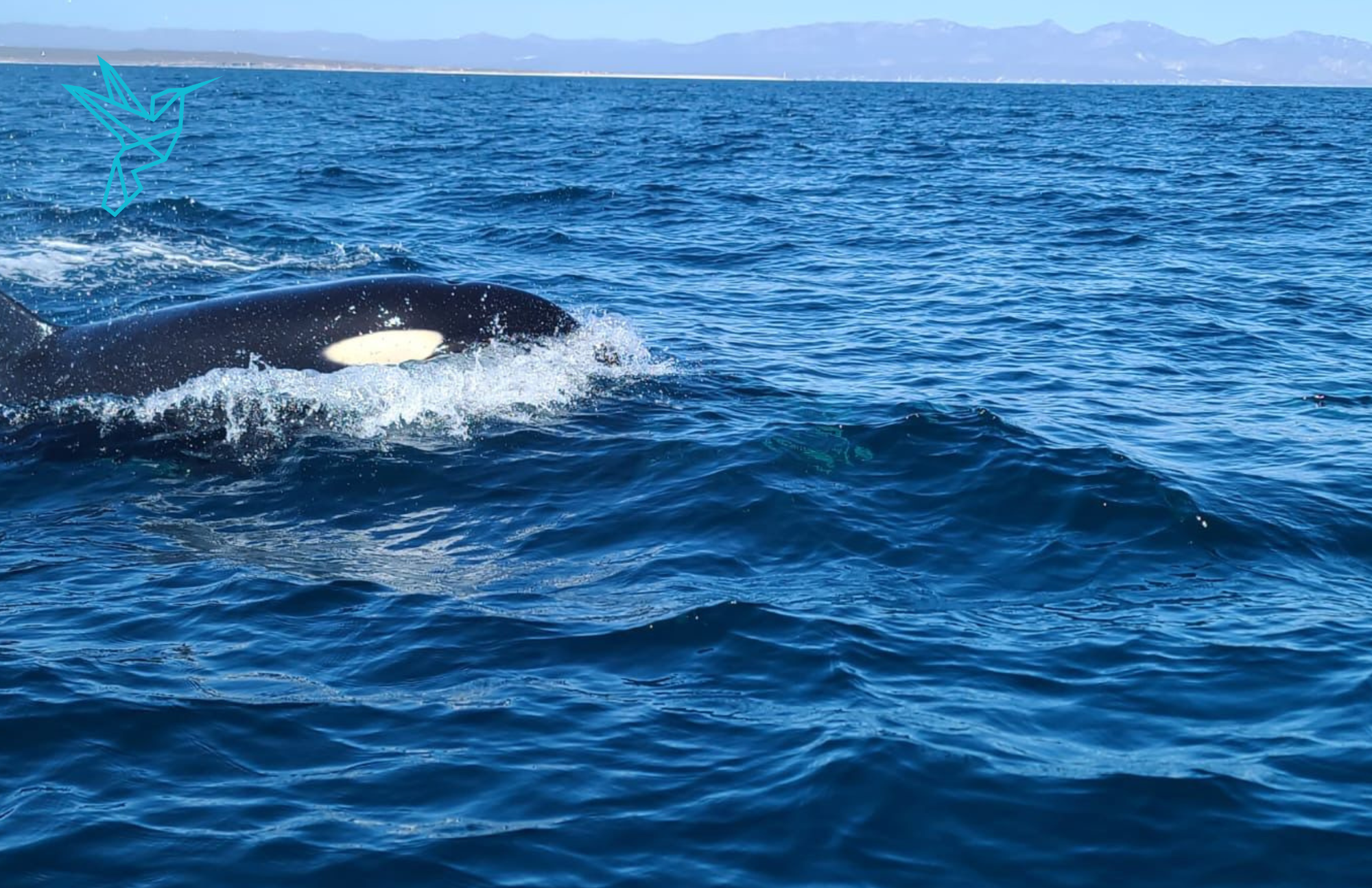The winter sun rises slowly over Magdalena Bay, painting the calm Pacific waters with streaks of gold and pink. Beneath the surface, a gray whale mother nudges her calf awake with a gentle push of her barnacled head. For this young whale, every day is full of discovery, and for the mother, every day is a lesson in survival, patience, and love.
Morning: Learning to Breathe
The calf surfaces clumsily, splashing water into the still air. Each breath is still new, every exhale a powerful spout that glistens in the morning light. The mother lingers nearby, guiding her calf to stay close. She positions herself between the calf and the currents, her massive body acting as both shield and compass.
Midday: Practice in the Bay
By late morning, the pair move into the calm lagoons that make Magdalena Bay so famous. Here, the calf practices short dives and playful rolls while the mother keeps watch. Occasionally, she shows the calf how to breach, lifting her enormous body high into the air and crashing back down in a thunderous splash. These displays are not just play—they are strength training, lessons in agility that the calf will need on the long migration north.
Afternoon: Encounters with Visitors
As midday turns to afternoon, small boats appear in the distance. Local captains carefully approach, maintaining respect and space. To the delight of travelers, the mother sometimes brings her calf close, encouraging curiosity. The calf may peek above the surface, wide-eyed, as if acknowledging the humans watching in awe. This gentle interaction has made Magdalena Bay one of the most remarkable places in the world to experience the intimacy of whale life.
Evening: Rest and Renewal
As the sun sets over the dunes, the calf grows tired. The mother slows her pace, guiding her young one into quieter waters for rest. Together, they drift, side by side, under the first stars of the night sky. For the calf, tomorrow will bring new challenges; for the mother, tomorrow is another step toward preparing her calf for the epic journey north to the Arctic feeding grounds.
For travelers who dream of experiencing this magical daily rhythm—watching mothers and calves interact in their winter home—Magdalena Bay offers a front-row seat to one of nature’s most moving stories. You can learn more and start planning your own Baja California Sur natural experience in winter by visiting this page.








